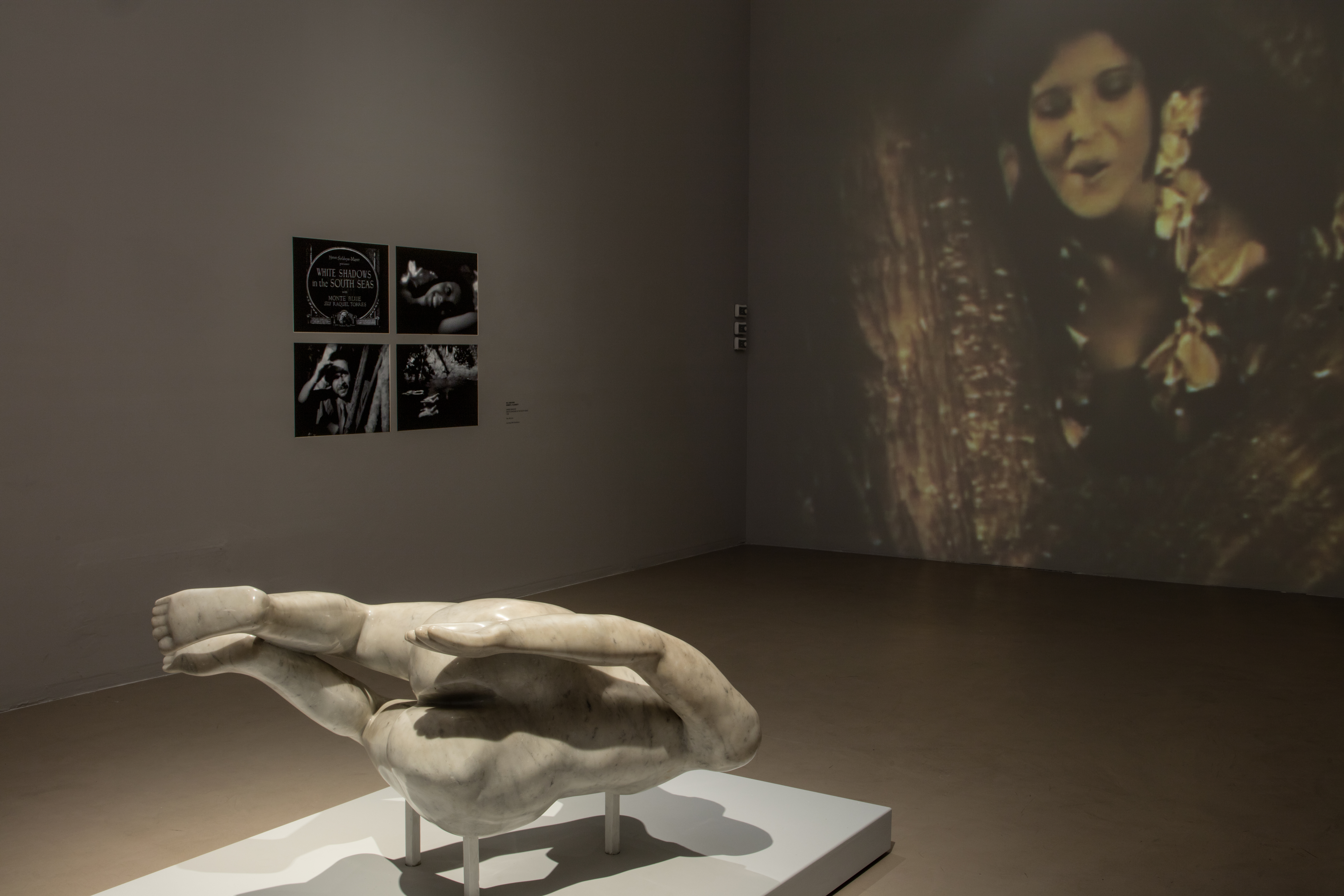Where and when
From
To
Museo Novecento
The exhibition, which was born as a section within the Arturo Martini and Florence exhibition, is dedicated to that special relationship that Martini, like many other sculptors, had with the Apuan Alps, where statuary marble was extracted from the times of ancient Rome, preferred by artists for its purity and brightness.
Exhibition Hours
Winter
Monday – Sunday
11:00 am
–
8:00 pm
Thursday
The link between the sculptors of the twentieth century and the Versilian area is therefore renewed within this new exhibition project, which ideally follows the one just concluded and intended to investigate the relationship between Henry Moore and Tuscany.
Martini’s relationship with Carrara and with marble presents the character of discovery and adventure: the sculptor from Treviso arrived there in mid-1937, following the contract for the large bas-relief La Giustizia corporativa, intended for the Palazzo di Giustizia in Milan. and returns there several times, working at the Nicoli laboratory.
In the years between 1939 and 1940 Martini also matured a profound dissatisfaction with the monumental statuary which led him to temporarily abandon sculpture to devote himself to painting, as evidenced by the painting The marble quarries, exhibited in the exhibition. In 1941, however, he was commissioned by the University of Padua to build a monument in memory of the Latin historian Tito Livio. It is said that Woman swimming underwater was born from an echelon of the great block of Tito Livio, the result of a long intellectual gestation.
Only then did the sculptor find the linguistic means to give substance to the impression he had, years ago, from the vision of the 1928 film White Shadows of the South Seas, set in Polynesia and interpreted by the Mexican-Tahitian Raquel Torres, beautiful like a primitive goddess.
Martini decides to complete the sculpture by beheading it and, with a sharp and ruthless blow, thus transforms “the work from” dated into eternal”, as Carlo Nicoli will observe. The extreme research conducted by Martini in the 1940s therefore finds its synthesis in the Woman swimming underwater, who floats suspended in space, on three metal pins designed by the architect Carlo Scarpa for the first presentation of the work at the Venice Biennale of 1942.
As in the volume published by Nonveiller, with a rich sequence of images, a careful observation and from multiple points of view of the Woman who swims underwater was proposed, so here is the rare opportunity to observe, with the necessary calm, this sensational response by Martini to the statuary of his time.
-Lucia Mannini
Artist
Arturo Martini
1889, Treviso – 1947, Milan
Curated by
Lucia Mannini
Eva Francioli
Stefania Rispoli
Scientific Coordination
Francesca Neri
Luca Puri
Social
Giulia Spissu
Visual Identity
Dania Menafra
Ph Credits
Serge Domingie













